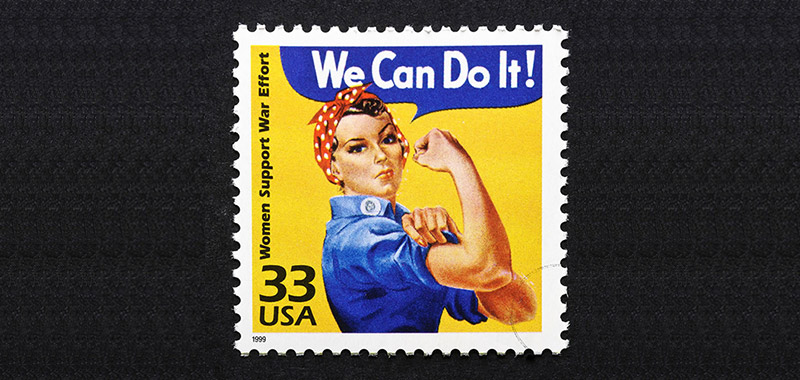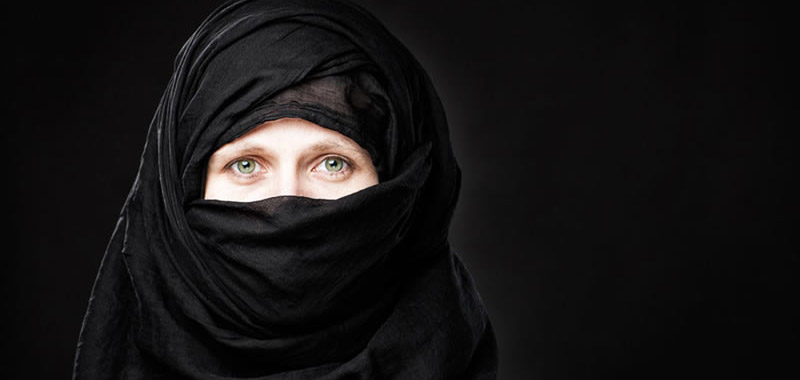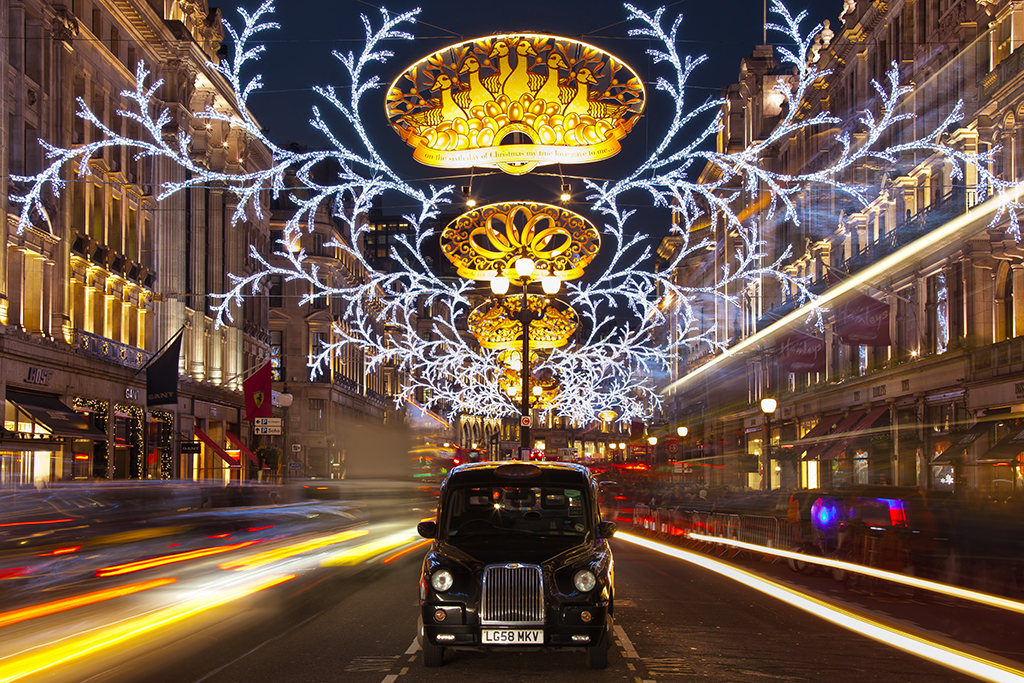
Am I a Human? A Look at the War on Women
Ottobre 1, 2013
Serotonin: The Happy Hormone?
Ottobre 1, 2013The veil worn by some Muslim women is one of the more contentious and perhaps least understood issues that boil away at the interface between Islamic culture and the cultures of the West. Ana Belyh offers her own ruminations on her experiences, a unique perspective, both from outside the curtain of the veil and from the very intimate space behind it.
Years ago, I had my picture taken with a fully-veiled face. Like many photographers, I am shy when it comes to having my own picture being taken. So, when an overly eager friend kept taking pictures of me, I covered my face. This wasn’t my first encounter with veils, but even now that picture reminds me of just how strange they are – functional, decorative, oppressive and liberating, all at the same time.
Growing up in Osh, Kyrgyzstan, wearing a headscarf casually tied at the back was a normal part of domestic attire for any woman in my neighbourhood. You needed to have your hair tied when you cooked, cleaned the yard was convenient to keep long hair out of food, laundry, or to be respectful of God or people. In that world, a veil had a function, like an apron or oven gloves; it was something you wore to keep yourself clean, safe, and appropriate. I remember the first time I saw a woman in Osh wearing a full black veil. It was mesmerising. It was something out of Scheherazade and her 1001 nights stories. These women looked like queens floating down the dusty streets of my hometown. I wanted to be a queen too.
At that point in my life, I was struggling with the issue of covering. How much is too much to reveal? How much is too much to cover? Seeing these women made me want to cover myself, to be an enigma, something not easily reachable. But to my friends and family, the full veil was a sign of oppression – these women had no space other than that defined by the boundaries of their veil. These women did not exist as entities in the public eye. The presence of these women in the public space of my little hometown made me question myself and my attitude towards clothing. Is it the clothing we wear that makes us virtuous, or is it our attitude that makes the clothing virtuous? As a manifestation of that debate, I had some days when I would wear a skirt that could barely pass for a belt and a top that exposed my back. I also had days when I left only my head uncovered. That decision was a result of me expanding the frame of my search, asking what is appropriate for either men or women to wear if they are to be respected. I settled on jeans and long-sleeved shirts as my dual attempt to be like both the mesmerising queens who chose to keep their bodies private, and like the men who are respected in the community.
Years later, I had to wear a veil. I had just arrived in Kabul and put a headscarf on. It wasn’t a tied-behind-your-head scarf; it was a veil that draped from your head, wrapped your shoulders, and concealed your chest. When I put it on, I felt like I had been reduced to something like the paint on the wall, as though that piece of cloth erased me as a person. It wasn’t the act of wearing it, it was the fact that I didn’t really have the choice not to wear it. There was no way of escaping the veil in Kabul.
It took only a couple of years for me to grow used to the feeling of this cloth draped around my shoulders, resting on my head, and snuggling me into a comforting hug. When I was outside Afghanistan, walking or travelling around somewhere, I would reach for my head in panic, realising that my scarf was draped around my shoulders, but not my head. I was shocked to discover that the veil had become a part of me.
The first time I had to cover my face was when I travelled to Jalalabad, Afghanistan. We drove – it is only about two and a half hours – but the road is not very secure for a Western-looking woman, so I covered my face. At first, just as I did when I had landed in Kabul, I felt that I had been erased from the public eye. I did not exist. I blended with the carts and cattle on the road. I felt as though I were not a human being. And then I found freedom in that. I was no longer a spectacle, something that people stopped to look at. I was part of the daily routine – who would notice another black blob sitting in a back of a beaten-up white Toyota Corolla? Since then, I have occasionally worn a full veil cover in Afghanistan. I have done it precisely because it made me a part of the larger grey mass of people. Not that people did not see that I was a foreigner when I covered my face – my eyes were a dead give-away – but I no longer stuck out with my full head of unruly blond hair and fair skin. The veil grounded me. It offered me comfort.
Walking around with my face covered, I didn’t have to face the fact that I am a stranger living in Kabul. Unlike when I left my face open, people left me alone on the street. The police did not once stop me to ask me for my passport, as they normally would have. I never thought I would voluntarily erase myself from the public eye. It almost felt as though I could walk away from being me, at least for a bit, that I could pretend I was someone else for a little while. It was like a heavy blanket when you have a fever; it took away my shivers and comforted me. It said, “Let the world go by on its own.” Under that veil, I had my own little space to do what I wanted to – take pictures, talk to shopkeepers, walk around and people-watch – and that space would not be desecrated by all the worries of being a foreigner in Kabul. I sometimes wanted to hang on to this strange comfort. Every so often I would keep the veil on, even as I flew out of Kabul. I was sometimes afraid that by removing it I would prematurely expose myself to the elements.
I sometimes kept the full face veil on until I arrived at my hotel in Istanbul or Dubai. On those occasions, I would lie on the hotel bed and let the memories of so many veils wash over me: a snug, soft veil in which to cook a meal; the black veil to go to a friend’s funeral; an oversized veil to wrap yourself against the evening chill; and a thin veil to enwrap your head and face to ward off the world while you wait. It was only when I was ready, when the memories had stopped flowing, when the tears of confusion, loss, and longing had stopped rolling down my face, that I would slowly unwind the veil, take off my abaya, peel off my t-shirt, jeans and underwear and lie on my bed, naked, exposed, alone. At those times, I would wait for the moment when I was ready to re-emerge to the world, to take my stance, to deal with the rush of daily life. I would wait for the perfect moment to emerge unveiled.




